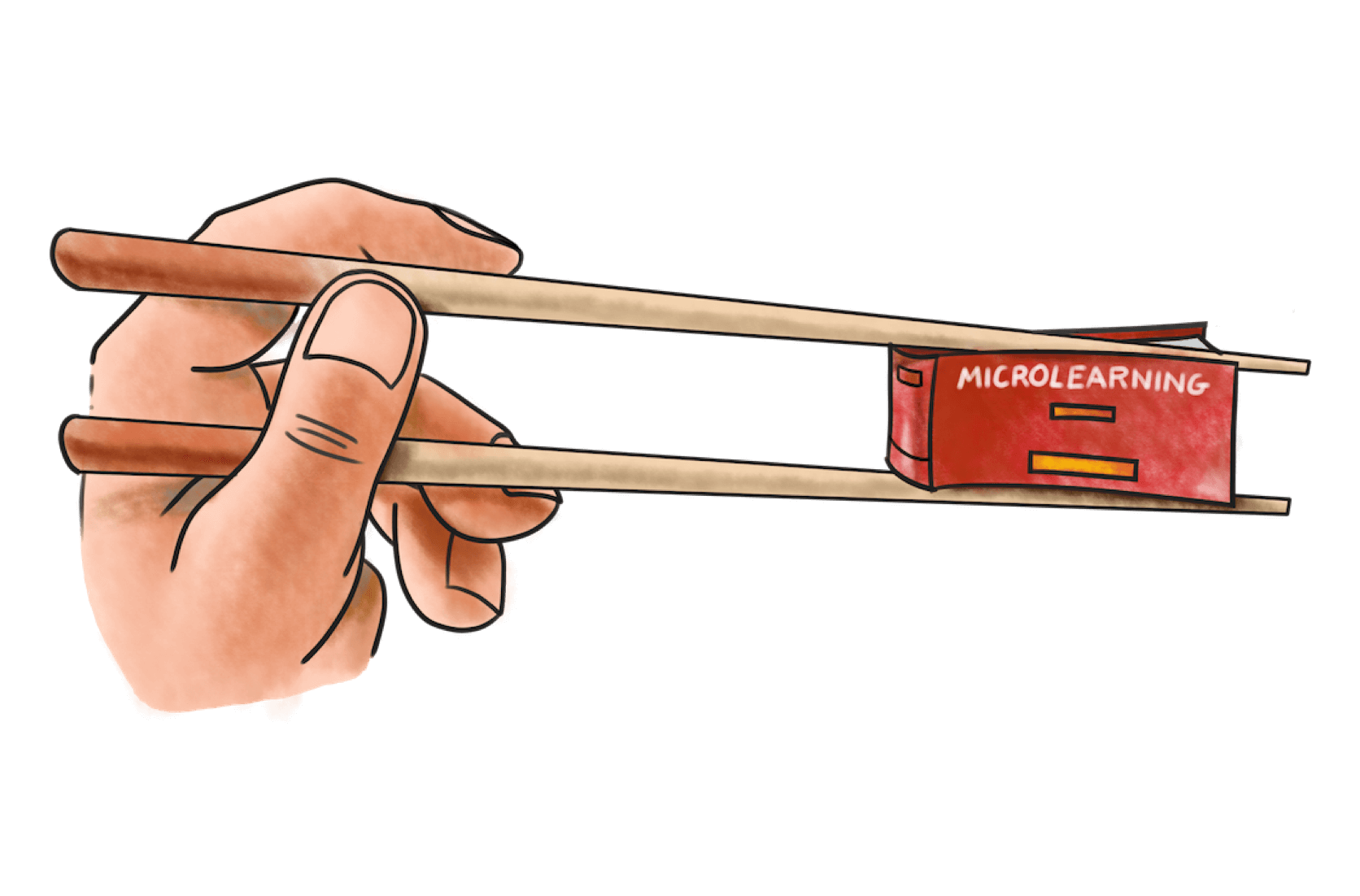
In basically every learning environment: school, higher education, workplace learning – we’re expected to be across content from different topics, subtopics, and problem types.
But topics, skills, and ideas don’t live in isolation.
So why do we try and learn them as if they do?
How most people learn:
Most people learn by block practice or ‘blocking’ as it’s known in the literature. Mastering one topic, then moving on to the next. Blocking is linear, rigid, and incredibly useful for cramming and recalling the next day. However, this technique isn’t as useful for real-life application, where you may need to recall the knowledge further down the track.
Blocking vs. Interleaving
A blocking session of three topics, Topic A, B, and C would look like this:
An interleaved session of the same topics might look like this:
By shuffling practice of related topics, we force the brain to make stronger connections between the material.
But if it’s so effective, why isn’t it more widely applied?
The positive effects of interleaved learning are more nuanced in the short term, and often learners become disenchanted because they feel like they’re not getting anywhere. It feels slow and awkward.
This finding was evident in an interesting study by Rohrer and Taylor (2007) that had college students solve four types of math problems.
There were two samples: a blocking group and an interleaving. And initially, the blockers smashed the interleavers by almost 30%. Yikes.
However, a week later… the interleavers’ scores improved, and the blockers’ plummeted! This is because the interleavers were forced to ‘pull’ information out of their brains that they’d almost forgotten, and in doing so, strengthened their recall ability.
In short, interleaved practice is really hard. And so it should be!
How interleaving is different to blocked practice
Interleaving supports retrieval practice
Our brains have the capacity to hold unlimited amounts of information. However, one of the tradeoffs our ever-expanding brain has to make is sorting between information that’s worth holding on to, and which is best let go of.
And over time, the brain has developed to prioritise information which is:
- Frequently used
- Recently used
- Likely to be needed to make decisions
So in our opinion, retrieval practice is the bee's knees of learning methods as it directly communicates to the brain the first two points above: frequent, and recent. This means retrieval practice is an effective way to make sure we learn for the long-term, away from surface learning of facts and information, to deep learning, where knowledge is embedded for further recall and synthesis.
How retrieval practice works is as follows:
- The learner absorbs the content to be retrieved in some form, whether that be e-learning, a seminar, or reading materials.
- They’re then tested (with low-stakes and pressure) at frequent intervals. What’s important is the act of retrieval, not the results – yet.
- This ‘testing’ can be in the form of flashcards (without peeking), Q&A, sketching, mind maps, or just writing everything you can remember down on a piece of paper.
- Feedback on correct and incorrect answers is then used to target weak areas and consistently refresh stronger areas.
Interleaving helps distinguish between concepts and avoid ineffective rote-learning
When concepts are interleaved, each solution is different from the last, so answering questions by means of rote memory doesn’t work. Rather, the brain must constantly search for unique answers and solutions, a process that improves the ability to learn critical features of skills and concepts to then select the best response.
3 tips for using interleaved practice
- Make sure the topics are somewhat related
This sounds like a no-brainer, but if I tried to interleave Chinese grammar, algebra and WWII history in the same session, the method wouldn’t work to its full potential. Topics should be related enough that syntheses can be made between different questions and answers.
- Know a bit about what you’re learning first
Going from a zero-knowledge basis isn’t the right fit for interleaved learning. You’ve got to have some knowledge in the area you’re trying to learn. Several studies have been conducted on foreign language learning that proves this hypothesis. English speakers used the interleaving method to learn totally a new language - Swahili or French - and came up with mixed results: memory was worse in cases, no better in others, and better in some.
- Practice deliberately
Interleaved learning should be practiced as an adjunct to other strategies (generative learning, retrieval practice, spacing) and you should aim to be practicing effectively – deliberately.Deliberate practice involves nailing down specific targets, using feedback to improve learning, and getting way out of your comfort zone. We’ve written a post or two that cover the ins and outs, and how your practice can make its way toward perfect.
I’ll (inter)leave you here with some awesome resources on interleaving and retrieval practice:
- Research from the Bjork Forgetting Labs
- This whole website dedicated to retrieval practice
- This article about this study that found that interleaving works best when combined with naps (you heard that right!)
To learn about the big impact little bites of learning can have, download our microlearning white-paper.











































































































